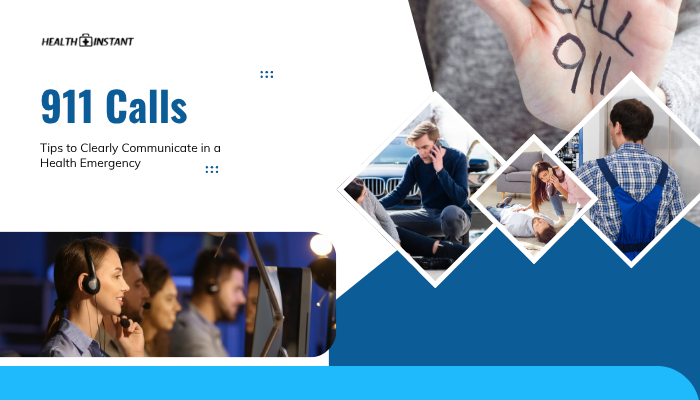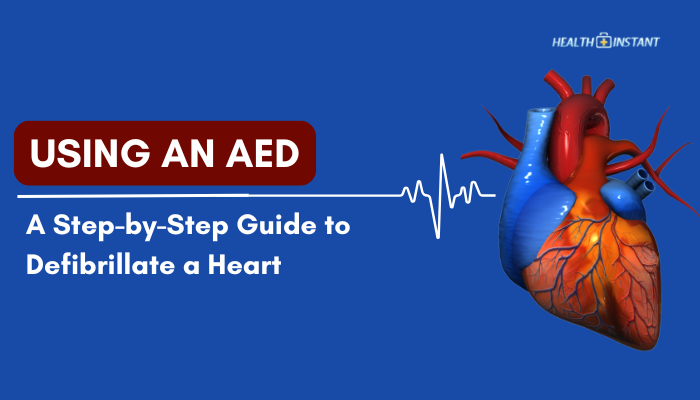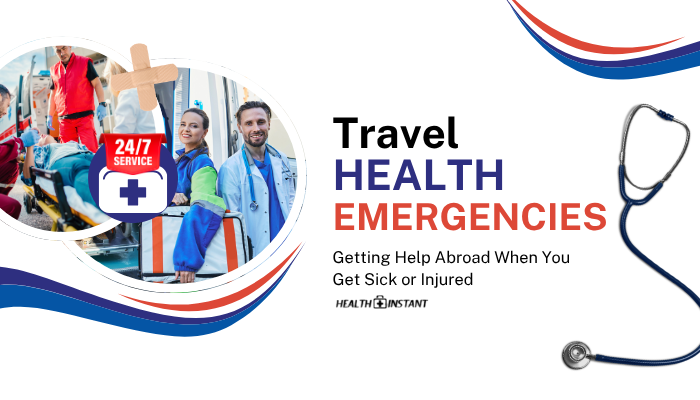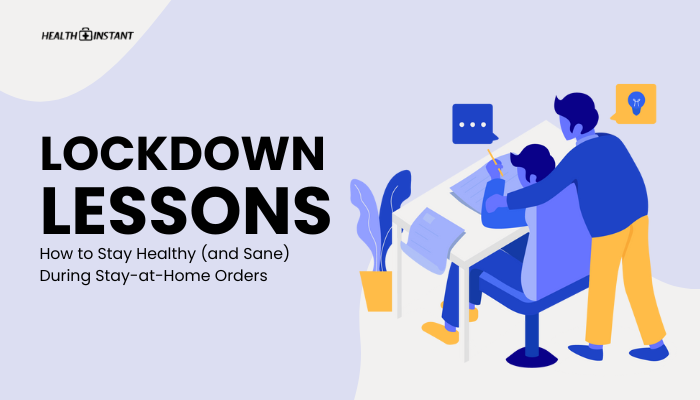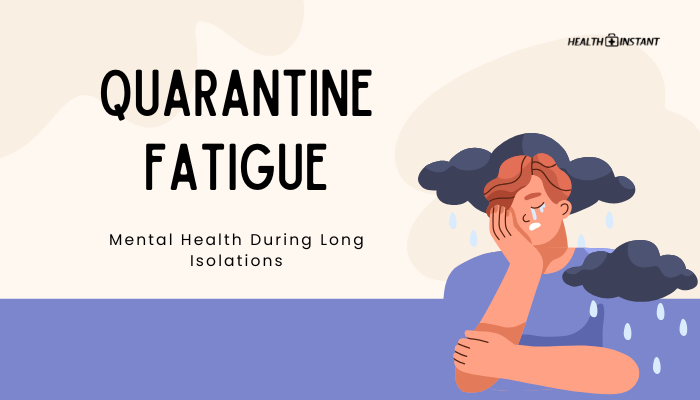Introduction
A health emergency—like a severe asthma attack, heart attack, or accident—often requires immediate professional help. The speed and clarity of your 911 call can significantly influence how fast responders arrive and how prepared they’ll be once on the scene.
This guide outlines the steps to effectively call emergency services, from preparing details about your location to providing crucial medical information. With these tips, you’ll be better equipped to calmly communicate what’s needed so first responders can do their job efficiently.
Why Clear Communication Matters
- Faster Dispatch: Unclear or missing info may delay paramedics or cause them to bring the wrong equipment.
- Accurate Triage: Explaining symptoms clearly helps operators judge the severity and allocate appropriate resources.
- Reduced Confusion: Stressful situations can cause misunderstandings. Systematic messaging keeps the call on track.
Basic Preparedness Before an Emergency
- Ensure Address Visibility: House numbers should be clearly seen from the street.
- Know Your Location: If traveling or at a friend’s home, confirm the address in advance.
- Teach Children: Show kids how and when to dial 911 or your local emergency number, and to recite their address.
- Keep Phone Ready: Charged battery, stable connection, any backup phone or power bank.
Steps to Make an Effective 911 Call
- Dial 911 (or Local Equivalent)
- If using a mobile phone, note that location tracking may be imprecise in certain areas.
- If using a mobile phone, note that location tracking may be imprecise in certain areas.
- State the Emergency
- “I need an ambulance/fire/police” – specify the type of help required.
- “I need an ambulance/fire/police” – specify the type of help required.
- Give Location First
- Provide the exact address (house/building number, street name, city).
- Mention landmarks if location details are confusing.
- Provide the exact address (house/building number, street name, city).
- Explain the Situation Briefly but Clearly
- Identify the type of incident (accident, stroke, etc.).
- State how many people are injured or in distress.
- Identify the type of incident (accident, stroke, etc.).
- Answer All Questions
- Operators may ask for the victim’s age, consciousness level, breathing status.
- Remain patient—these queries help paramedics prepare properly.
- Operators may ask for the victim’s age, consciousness level, breathing status.
- Follow Any Instructions
- Operators often guide you through first aid until help arrives.
- Operators often guide you through first aid until help arrives.
- Do Not Hang Up Until Instructed
- The dispatcher may have additional questions or updates.
Common Pitfalls to Avoid
- Speaking Too Quickly
- In stressful moments, slow your speech for clarity.
- In stressful moments, slow your speech for clarity.
- Guessing
- If uncertain about certain facts (e.g., medication name), say so rather than providing incorrect info.
- If uncertain about certain facts (e.g., medication name), say so rather than providing incorrect info.
- Abandoning the Call
- Wait for permission from the dispatcher to hang up, ensuring you convey all needed details.
Handling Language Barriers
- Ask for an Interpreter: 911 dispatch centers may have language line services.
- Keep Key Phrases Handy: If you or family members speak limited local language, note essential terms or addresses for emergencies.
- Use a Bilingual Friend: If on site, they can help translate in real time.
Staying Calm and Focused Under Pressure
- Take a Deep Breath
- Anxiety slows recall of vital info like address or names.
- Anxiety slows recall of vital info like address or names.
- Speak in Simple, Short Sentences
- Avoid filler words—just the facts: “Adult male, unconscious, breathing faintly.”
- Avoid filler words—just the facts: “Adult male, unconscious, breathing faintly.”
- Delegate
- If others are around, ask them to calm victims, gather medication lists, or direct paramedics upon arrival.
After the Call: Next Steps
- Prepare for Arrival
- Unlock doors, turn on lights, or wave from the street if safe to do so.
- Unlock doors, turn on lights, or wave from the street if safe to do so.
- Check on the Person in Distress
- Continue any first aid or instructions from the dispatcher.
- Continue any first aid or instructions from the dispatcher.
- Maintain Phone Availability
- In case the operator or paramedics call back.
Conclusion
When every second counts, delivering concise, precise details to a 911 operator significantly impacts the speed and accuracy of emergency response. Keep your address on hand, speak calmly and clearly, and follow any guided steps for first aid or safety.
Passing these principles along to family members, including children, further strengthens your household’s capacity to handle a crisis. With thorough preparedness and good communication, you can better ensure quick professional intervention and positive outcomes.
References
- Federal Communications Commission (FCC). (2021). Wireless 911 calls and location accuracy.
- American Red Cross. (2020). How to make an emergency call effectively.
- Centers for Disease Control and Prevention (CDC). (2019). Preparedness at home: communications.
- National Emergency Number Association (NENA). (2021). 911 best practices.
Disclaimer: This content is informational and not a replacement for formal emergency or medical training. Always follow local guidelines and official instructions in an actual emergency.

